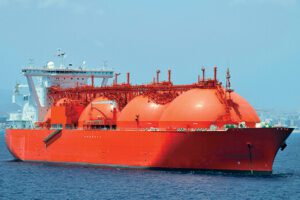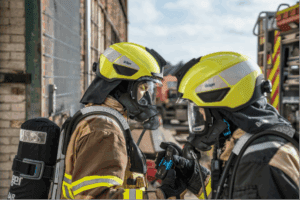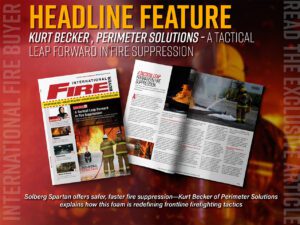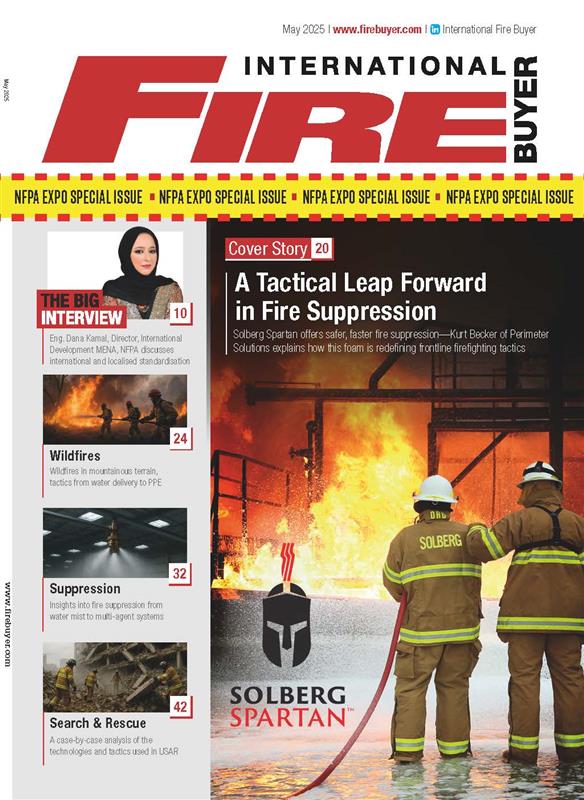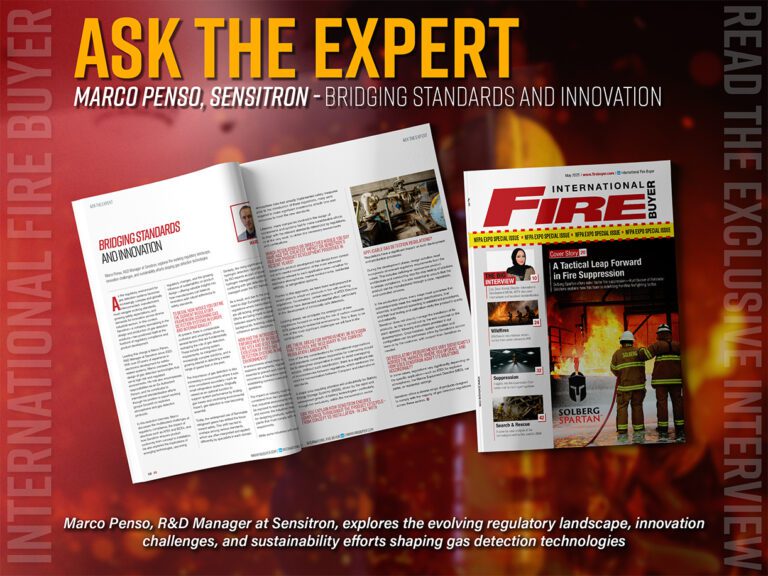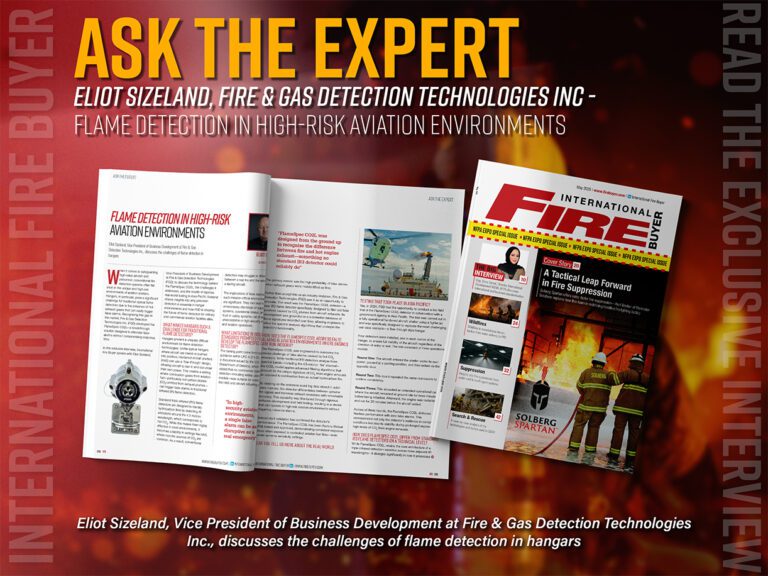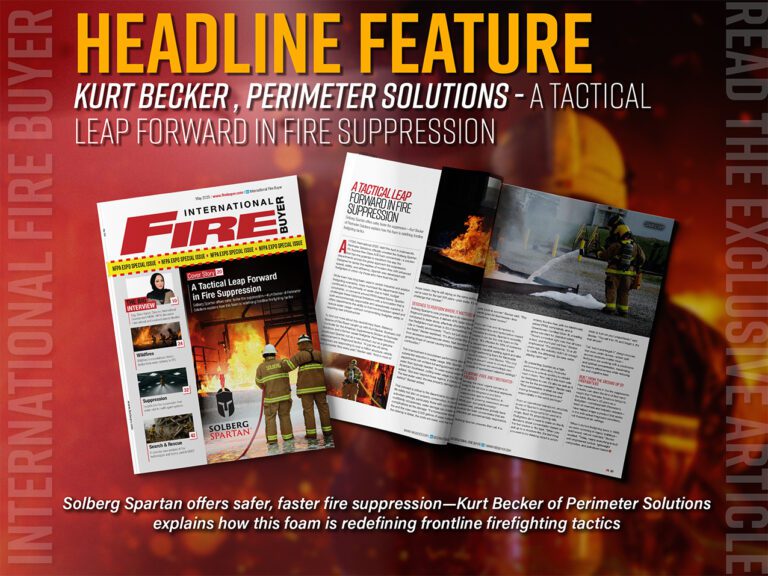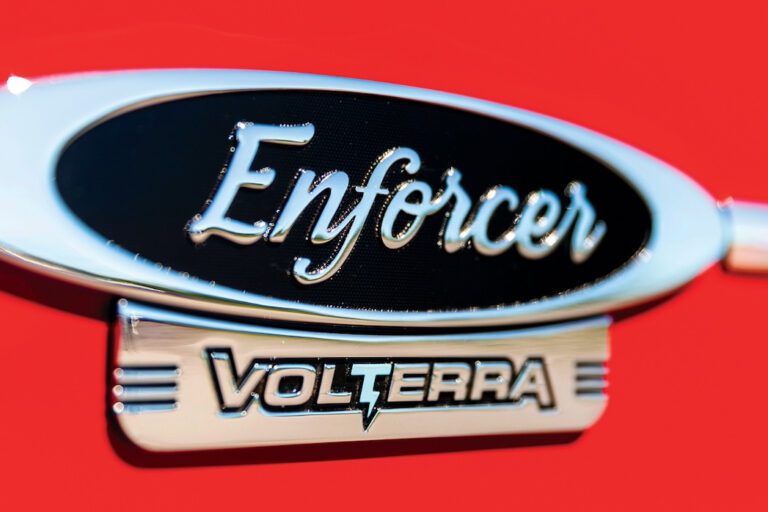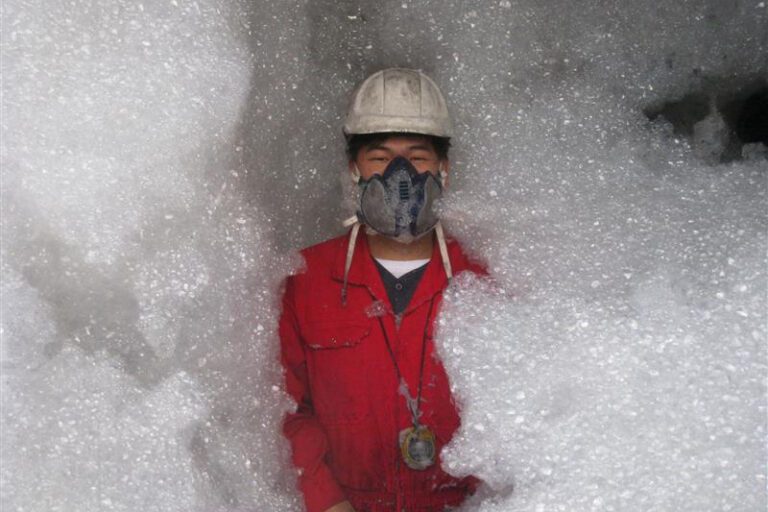As fire safety technologies evolve, how do water mist systems compare to traditional sprinklers? New UK data sheds light on performance, reliability, and real-world outcomes.
When it comes to water-based fire extinguishing methods, there are sprinkler systems and water mist systems. Sprinkler systems have been around for over 100 years, whereas water mist systems – as we know them today – only arrived on the market about 35 years ago. Could this be why some still view water mist as a new technology?
It’s worth highlighting that in the marine sector water mist has nearly a 100% market share with certain types of vessel. Many spend their holidays on cruise ships or work on container ships. On board ships, water mist makes a lot of sense, and there are few who dispute its value. On land, the story is quite different Although the technology has steadily gained traction, its adoption has been slower. That said, the list of applications has grown significantly over the years and now includes hospitals, cable tunnels, data centres, archives, and parking garages, to name just a few.
All water mist systems which are installed have to undergo real-scale fire tests. Any system is always a bespoke system. Water mist systems have to perform equal to or better than sprinkler systems. But still, the discussion is on-going. Or is it about to end?
Newly published UK fire statistics covering the years 2018 to 2024 confirm the high reliability of both water mist and sprinkler systems – while showing that water mist outperformed sprinklers in controlling and extinguishing real fires.
Analysing over 4,000 fire incidents in England, the data from the UK Ministry of Housing, Communities and Local Government shows water mist systems controlled fires in 95.3% of cases and extinguished them in 58.6% – compared to 90.7% and 27.6%, respectively, for sprinklers. In residential settings, both systems performed strongly, with near-identical extinguishment rates (around 37% and control rates of 95.8% for mist and 91.4% for sprinklers. While extinguishment is not the primary design goal of most suppression systems – mist or sprinklers – these figures offer useful insights into their true effectiveness.
“This confirms what professionals already know – well-designed suppression systems save lives,” said Max Lakkonen, President of the International Water Mist Association (IWMA). “Water mist’s edge in performance, combined with its low water usage, makes it a powerful fire safety solution.”
Both technologies demonstrated high reliability, with system fault rates below 3% (2.9% for mist, 1.9% for sprinklers). Failures were mostly linked to fires starting outside the protected area or known faults. Systems installed in the fire’s room of origin were far more effective, underlining the importance of proper design and coverage.
IWMA is further addressing reliability through updated guidelines and training initiatives focused on installation and maintenance quality.
“This is good news for the entire fire protection sector,” added Lakkonen. “Both systems work. With smarter design and better training, performance will only keep improving.”
IWMA remains committed to evidence-based fire safety and will continue supporting industry-wide improvements in system performance and standards. Referred data is publicly available from the UK Ministry of Housing, Communities and Local Government.



